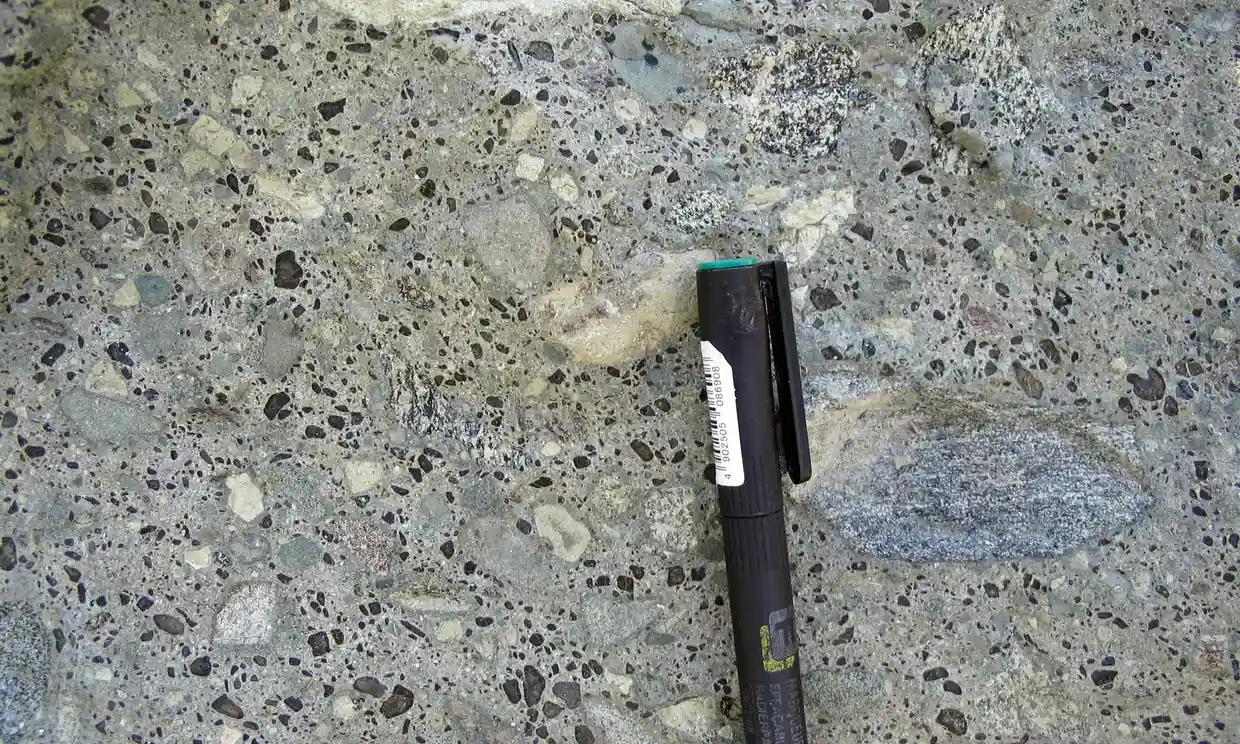Why do diamonds erupt from Earth’s depths? Scientists have the answer

Powerful volcanic eruptions that blast diamonds high into the sky and scatter the precious stones across the Earth’s surface have long mystified researchers. But now, scientists have worked out what unfolds more than 100 miles underground to propel the crystals upwards with such spectacular force.
The work sheds light on the enigmatic processes that cause the rare eruptions and where diamond-rich deposits are most likely to be found.
“There’s a sweetspot in the interior of continents where diamonds form,” said Prof. Tom Gernon, a geologist at the University of Southampton who led the latest study. “The question is why on earth do they shoot up from the deep after spending potentially billions of years sat there?”
To solve the mystery, the international team analyzed historical data on continental plates, the vast, slow-moving slabs of Earth’s crust, and kimberlites, the diamond-bearing rocks ejected by the eruptions. They found that over the past billion years, most kimberlite eruptions happened about 25 m years after continental plates tore apart.
On closer inspection, the researchers noticed that the first kimberlite eruptions to happen after the breakup of continental plates were near to the plate edges, with later eruptions taking place increasingly towards the middle of the plate.
Continental plates tear apart and come together over immense timescales. About 300 m years ago, North and South America were connected to Africa and Europe as part of a single supercontinent called Pangea, but the vast landmass began to break apart about 175 m years ago.
Drawing on computer models of rock and magma, the scientists pieced together the chain of events that appear to drive diamond-rich eruptions. The process starts when continental plates are stretched as they begin to tear apart. This rifting causes the rock to become thinner and disrupts the normal flow of material in Earth’s mantle, the layer directly beneath.
The disruption in the mantle is powerful enough to break chunks of rock off the base of the continental plate. These rocks are under such immense pressure that over hundreds of millions of years, carbon deposits can change structure to form diamond.
As the chunks of rock sink down in to the mantle, they drive even more disruptive flows that spread outwards, stripping layers of rock tens of miles thick from the bottom of the plate above. The domino effect brings together all the necessary ingredients to produce diamond-bearing kimberlite magma, the scientists report in Nature. When enough melt has formed, it rises fast and blasts through the crust as a powerful eruption.
The most recent kimberlite eruption is thought to have happened 11,000 years ago at Igwisi Hills in Tanzania, but most took place in the Cretaceous period 146 m to 66 m years ago. Unlike normal volcanic eruptions, kimberlite eruptions leave vertical pipe-like holes in the ground that create the basis of many diamond mines.
“We know where, when and why kimberlites are creating and that’s really useful for exploration,” said Gernon. “We know the events needed to trigger this domino effect, and by joining the dots, we can target those areas that hold the most promise for diamonds to be there in the first place.”
“These eruptions are quite rare in Earth’s history because they require this perfect storm of conditions and events to generate them,” he added. “The dinosaurs would have been walking around in some of these areas, watching these events, and they would have been quite perplexed. They are extremely rapid events, and they probably wouldn’t be expecting them.”